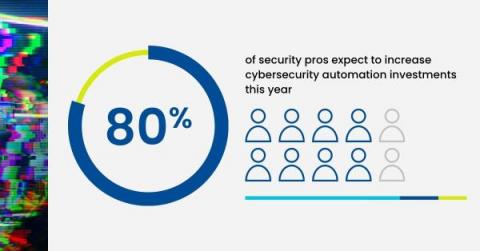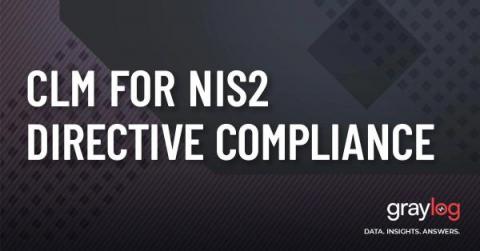Overcome Cybersecurity Challenges to Improve Digital Resilience
The idea that digital resilience — the ability to prevent, detect, respond to and recover from disruptive events — is critical to digital business would surprise no one. As the Splunk report Digital Resilience Pays Off illustrates, organizations that are farther along on their digital resilience journey enjoy $48 million lower annual downtime costs and 2 times higher digital-transformation project success rate than their less digitally resilient peers.











